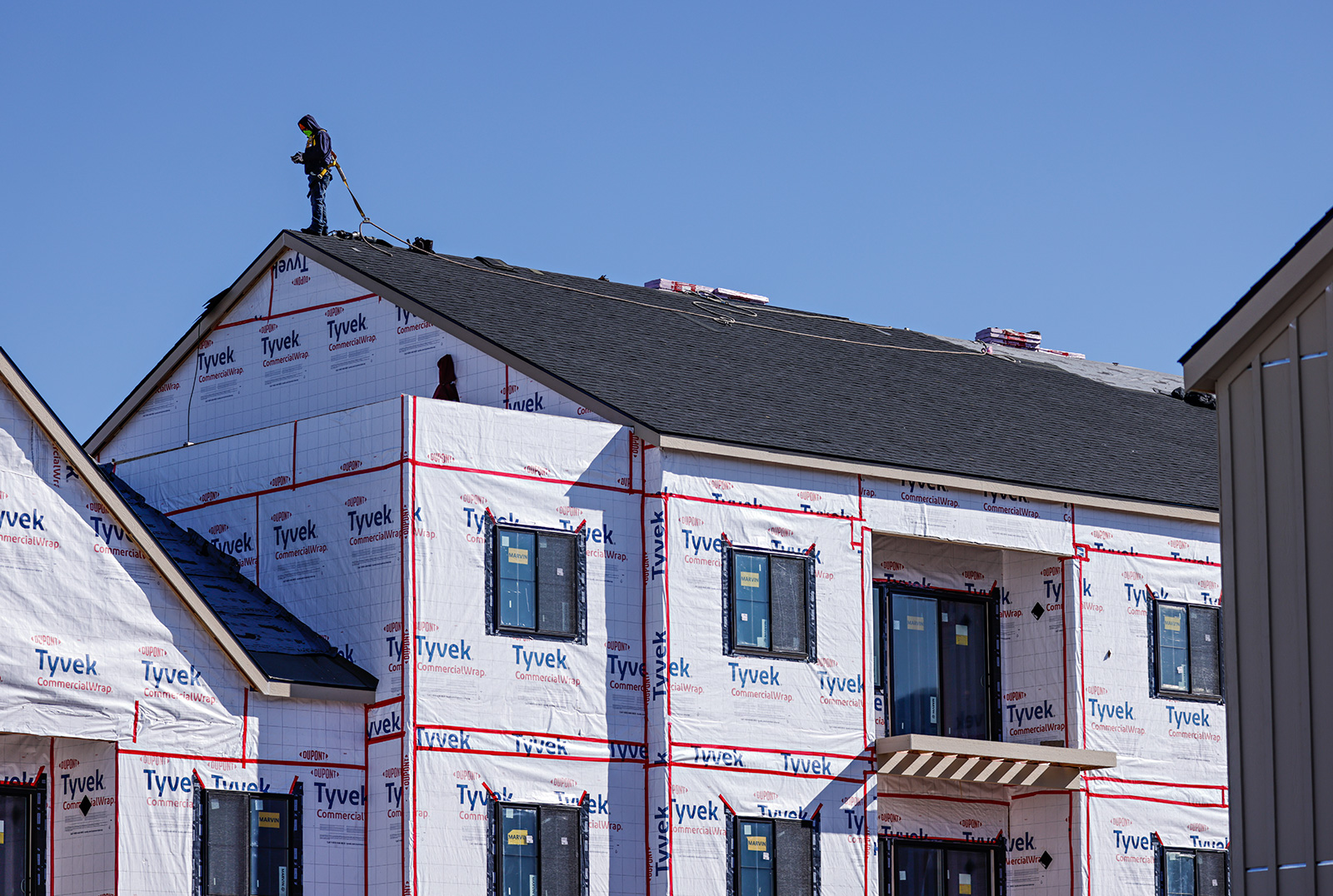Housing Advocate: Accurate Rent Estimates Would Bring State Millions More for Vouchers
Montana has an overall shortage of rental housing that people who earn median or lower incomes can afford
By Nicole Girten, Daily Montanan
Local housing advocates in Montana are committing to do the on-the-ground work to get a more accurate estimate of the rental market in the state – which would likely increase what the feds offer for housing vouchers.
Michael O’Neil of the Helena Housing Authority told legislators Wednesday the federal government doesn’t have accurate information on the rental market in Montana, which means housing vouchers don’t get recipients, who qualify based on lower incomes, very far in Montana.
Low-balled vouchers from the feds — which cover a portion of rent but only up to a set ceiling — aren’t attractive to landlords with pricey mortgages or developers who want to be sure they can make up construction costs, he said. But O’Neil said if the feds accept the assessment, it would mean more people housed in Montana.
O’Neil said in the Local Government interim committee he’s working on an assessment program to get a more accurate picture of the rental market in Montana – which would cost a few hundred thousand dollars but would bring in millions in federal money for affordable housing, he said; he estimates $45 million over 10 years is on the table due to the federal government’s inaccurate rental snapshot in Montana.
Montana has an overall shortage of rental housing that people who earn median or lower incomes can afford, a crisis that pushed people out of their communities and in some cases onto the streets. For those few thousand a year who get assistance, it’s still not enough. Housing affordability is a top issue for voters this year.
The U.S. Department of Housing and Urban Development develops a “fair market rate” for every county in the country based on census data, and O’Neil said the market rate can be updated based on local data collected from private companies. But O’Neil said those firms aren’t operating in Montana, and therefore the recent rental increases in the state haven’t been captured.
He said the state could see an increase from 20%-30% in federal dollars towards vouchers with a more accurate rental market capture.
“The current situation that we’re facing on fair market rents will probably remain that way until at least the next census, and that data won’t be implemented to 2032,” he said. “So we’re talking a long time if we just allow the status quo to play out. This is the only way in current regulation that we can intervene in that process and get the dollars that Montana needs.”
O’Neil said the pilot program, which would be largely local to Lewis and Clark County, would cost about $100,000 and he’s looking at using federal pandemic stimulus dollars to do it. The statewide estimate would cost between $500,000 and $700,000.
He said the organization was able to tap local American Rescue Plan Act funds, and the state said they were giving $25,000 towards the effort, but it was unclear from the meeting if between both he reached the $100,000 goal for the pilot assessment.
Montana Housing Division Administrator Cheryl Cohen said in her presentation that housing voucher participants are struggling to find housing even with the extra assistance, and HUD received comments that the fair market rate isn’t reflective of what landlords are charging in Montana, especially in rural areas.
Cohen quoted HUD’s own comment on their methodology in her presentation, where they said assessing the accuracy of fair market rentals is difficult because at any time, the true rate paid by recent movers is unknown.
Cohen said getting landlords to participate in the voucher program is hard enough, especially given the high demand for housing.
She said one of the state’s goals was to pair tenant-based voucher recipients with tax-credit developments.
“But if that voucher won’t even cover a rent at a tax credit property and it puts the tax credit property in a financially infeasible status, then it’s certainly not helping us in the private market with landlords at market rents,” she said.
Cohen said the state is giving $25,000 in federal assistance towards O’Neil’s pilot project, with HUD’s blessing, but would need state authorization to allocate funds towards a statewide effort.
O’Neil said developers also look at what vouchers are paying, and because Montana’s is “artificially low,” it doesn’t pencil out for them as a good investment.
Legislators did not take immediate action after the housing discussion Wednesday.
This story originally appeared in the Daily Montanan, which can be found online at dailymontanan.com.